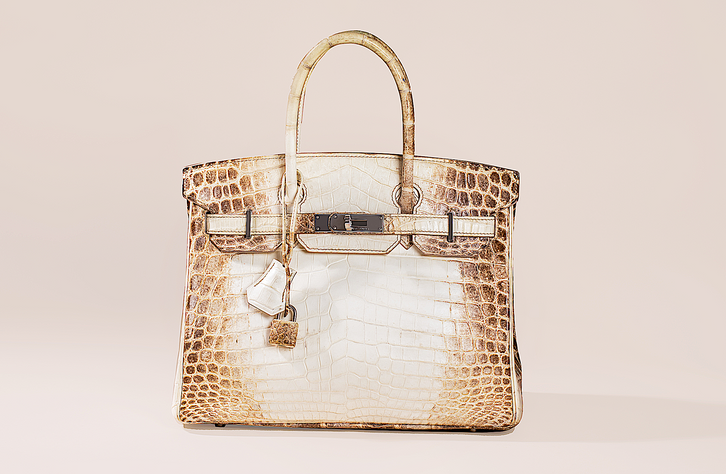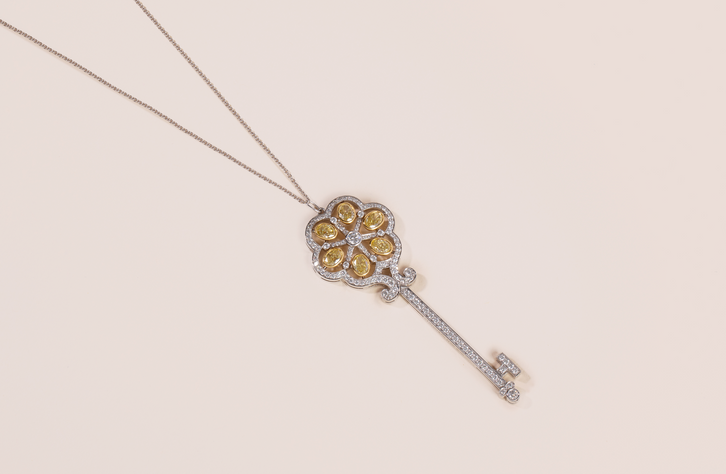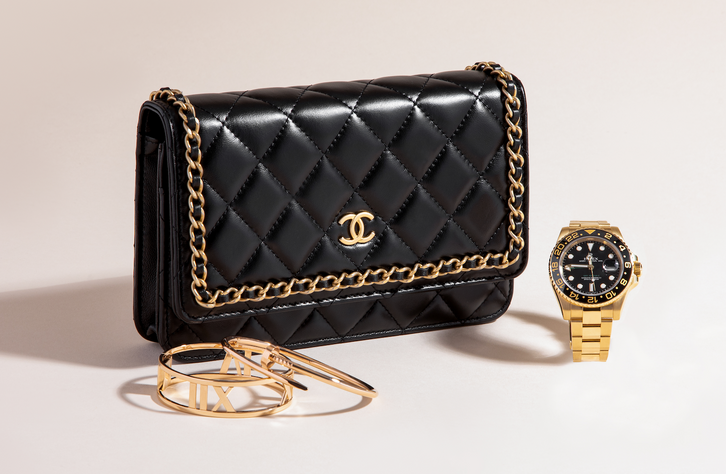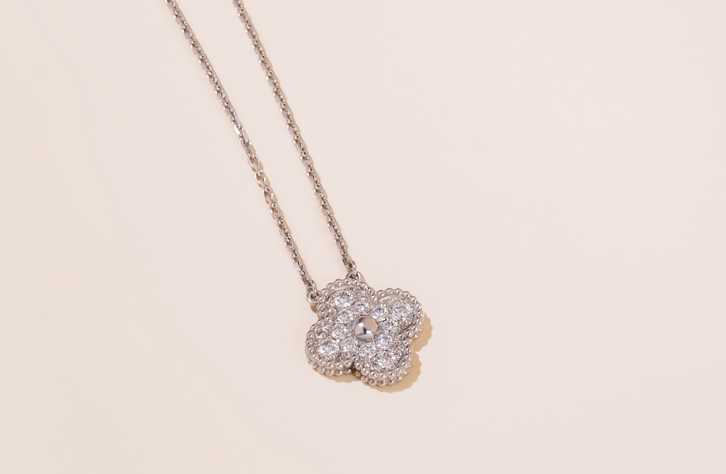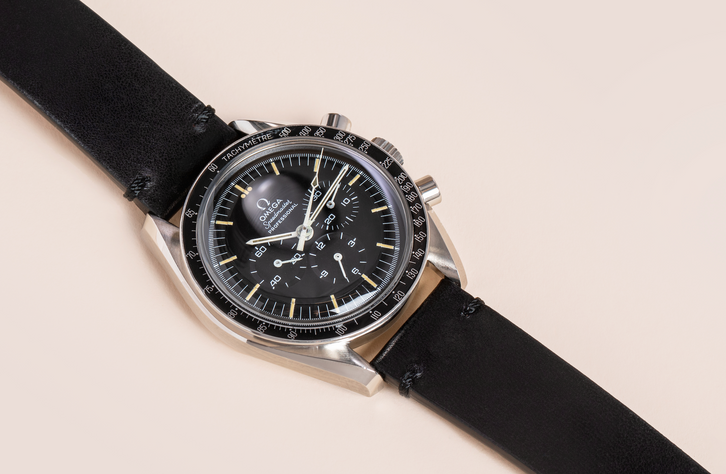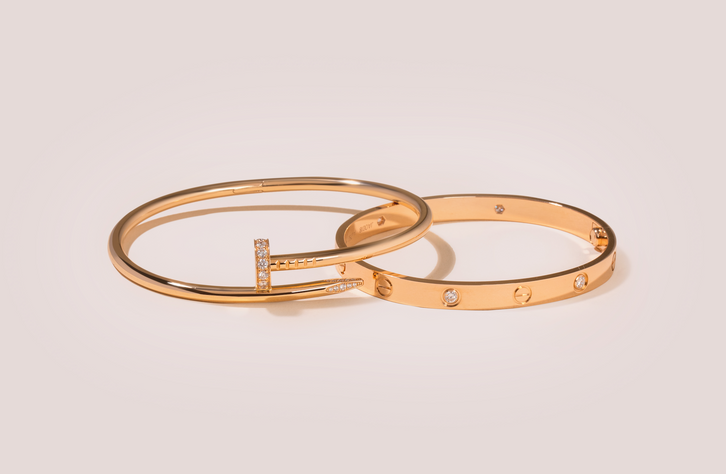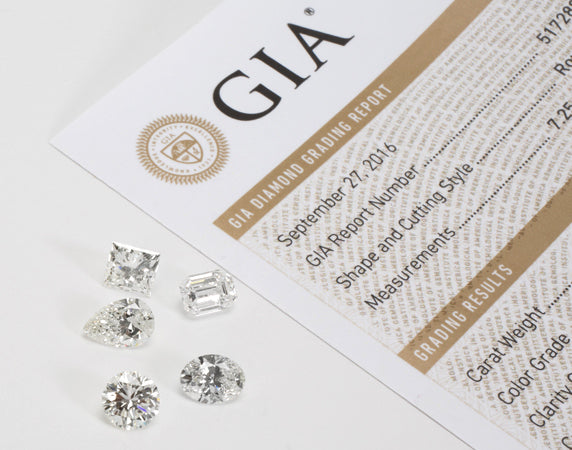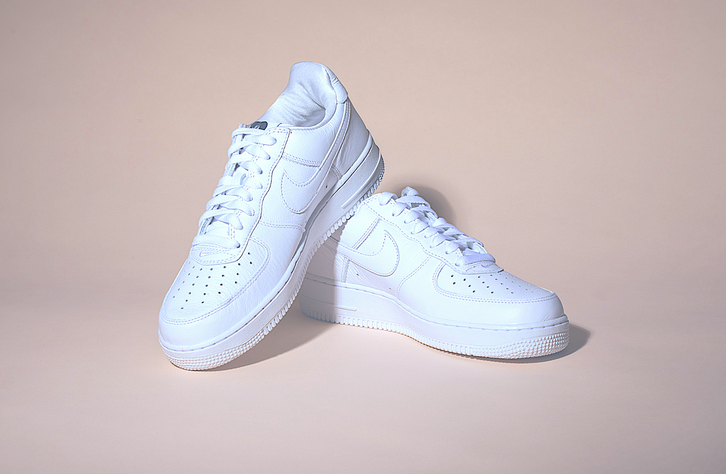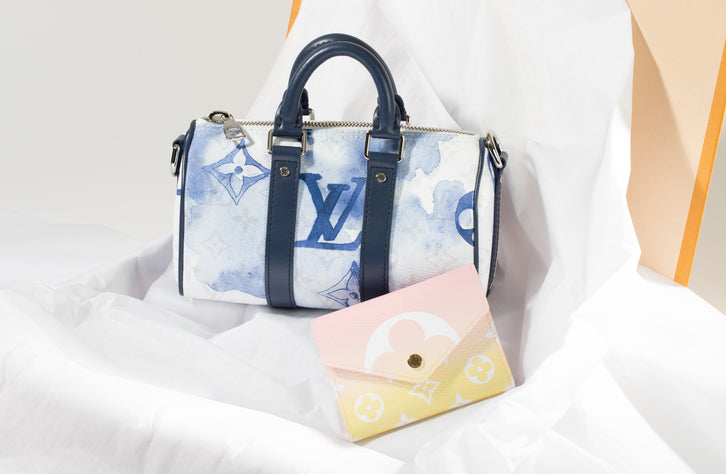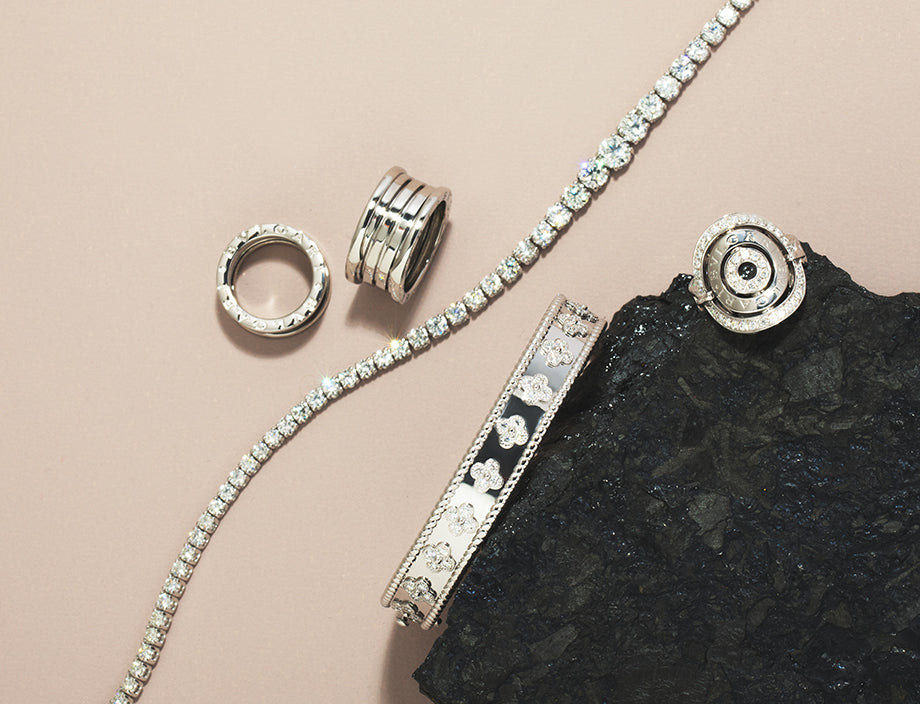Engagement rings have been part of our culture as far back as the ancient Romans. It was custom to gift their partner an iron ring, worn on the fourth finger as a direct connection to the heart. The diamond engagement ring debuted in 1477 when Archduke Maximillian of Austria gave Mary of Burgundy a gold ring with the letter M arranged in diamonds. From Poesy rings to Edwardian era rings, engagement rings have continuously evolved in style but always been used as symbols of love.
As engagement experts we are going to take a close look at the evolution of the engagement ring from the 1920’s up to today. Discover which styles have proved timeless and which fads faded as we explore the evolution of the engagement ring.
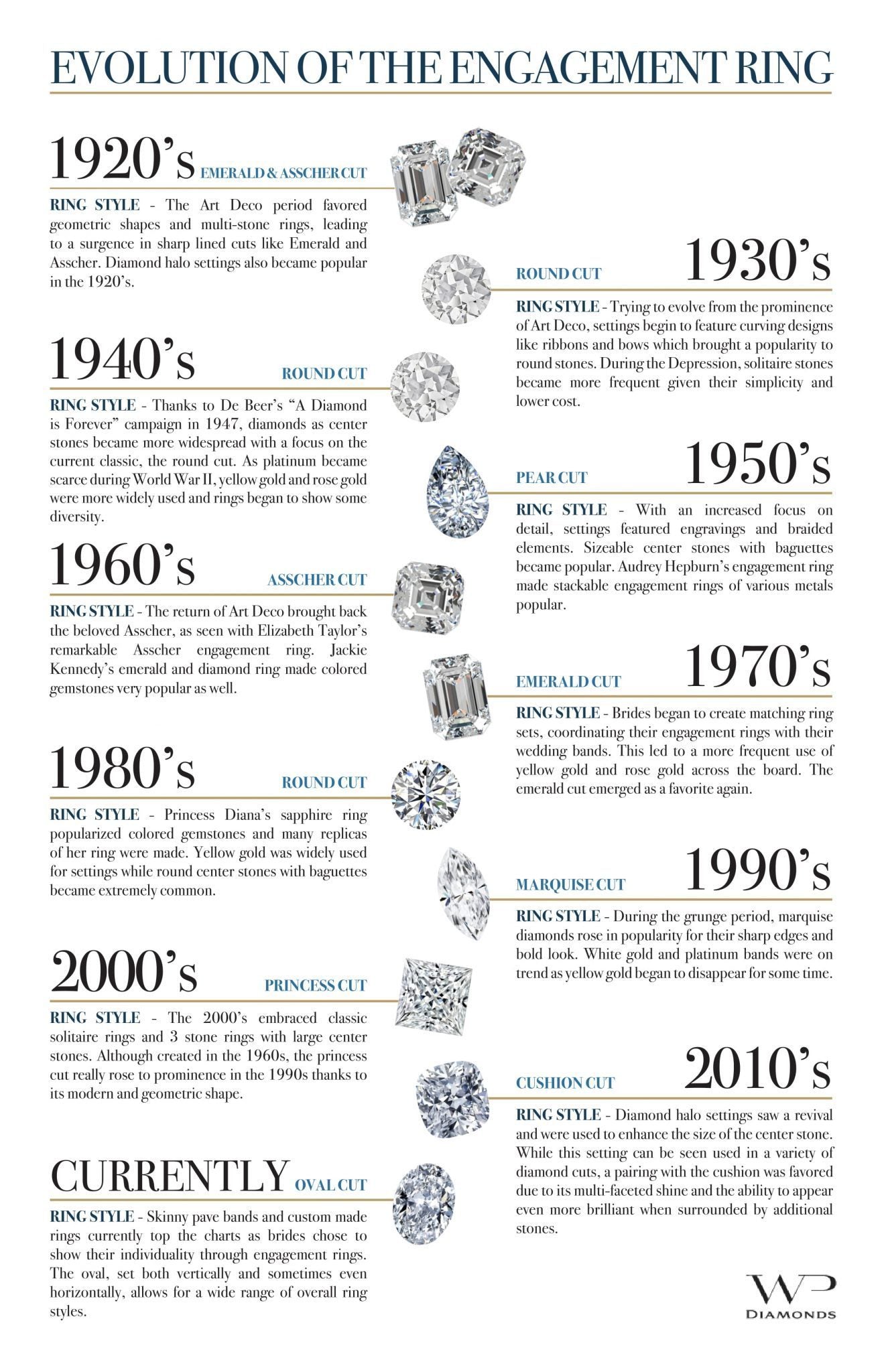
The Evolution Of The Engagement Ring:
- 1920’s: Emeralds & Asscher Cut Diamonds
- 1930’s: Round Diamonds
- 1940’s: Round Diamonds
- 1950’s: Pear Cut Diamonds
- 1960’s: Asscher Cut Diamonds
- 1970’s: Emerald Cut Diamonds
- 1980’s: Round Diamonds
- 1990’s: Marquise Diamonds
- 2000’s: Princess Cut Diamonds
- 2010’s: Cushion Cut Diamonds
- Currently: Oval Diamonds
1920’s Engagement Rings
DIAMOND SHAPE: Emeralds & Asscher Cut Diamonds.
RING STYLE: In the 1920's, the Art Deco scene prevailed, favoring sharp lines and geometric shapes. The preferred diamond shapes of the 1920’s were Emeralds and Asschers as they are sleek diamond cuts with parallel facets.
Platinum was a popular metal for rings, which were adorned with multiple small diamonds. The centerpiece of the ring featured larger diamonds and gemstones of various colors arranged in geometric patterns.
1930’s Engagement Rings
DIAMOND SHAPE: Round Diamonds.
RING STYLE: Departing from the Art Deco period, engagement rings moved towards soft and graceful designs such as ribbons, lace and bows. To emphasize the curving designs of these rings, round diamonds became the diamond shape of choice. During the midst of the Great Depression, solitaire diamond rings prevailed for their minimal design and lower cost.
1940’s Engagement Rings
DIAMOND SHAPE: Round Diamonds.
RING STYLE: Following De Beer’s “A Diamond is Forever” campaign in 1947, diamonds became the precedent stone for engagement rings. Round diamonds were marketed as the must have and timeless shape for engagement rings. Hollywood stars also begin to wear diamond jewelry, such as engagement rings, on and off films to further increase their popularity. During World War II, platinum was prohibited to be used in jewelry, resulting in a rise of yellow, rose and white gold rings.
1950’s Engagement Rings
DIAMOND SHAPE: Pear Cut Diamonds.
RING STYLE: During the 1950’s engagement rings were crafted with great attention to detail and a focus on adornments such as engravings and braided patterns. After the World War II ban on platinum jewelry was lifted, this metal was quickly seen in engagement rings once more. Larger center diamonds, particularly pears, and baguette stones were also gaining popularity.
One of the biggest trends of the 1950’s began when Audrey Hepburn’s first husband, Mel Ferrer, gave her three stackable rings. The rings consisted of a white gold engagement ring with channel set baguette diamonds as well as two faceted pink gold and white gold bands. This inspired brides to be to wear stacks of delicate engagement rings.
1960’s Engagement Rings
DIAMOND SHAPE: Asscher Cut Diamonds.
RING STYLE: The 1960’s saw a return of the Art Deco style with bold and chic engagement rings, heavily inspired by celebrity engagements rings of the decade. The asscher became the diamond shape of choice after Richard Burton proposed to Elizabeth Taylor with an outstanding 33 carat asscher engagement ring. Mixed gemstone rings, especially those featuring emeralds, rose in popularly following Jackie Kennedy’s beautiful emerald and diamond engagement ring.
1970’s Engagement Rings
DIAMOND SHAPE: Emerald Cut Diamonds.
RING STYLE: Brides of the 1970’s embraced new trends, particularly with coordinating their engagement rings and wedding bands. This inspired more usage of yellow and rose gold in wedding sets. Emeralds rose as the favorite diamond shape of the decade for their modern flair.
1980’s Engagement Rings
DIAMOND SHAPE: Round Diamonds.
RING STYLE: When Prince Charles proposed to Princess Diana with a breathtaking 12 carat oval sapphire engagement ring set in a diamond halo, replicas of her ring were in high demand. Princess Diana’s ring brought another resurgence of colored stones in engagement rings. Round shaped diamonds were still timeless and baguettes were popular adornments in engagement rings. Yellow gold was also widely used in settings for their bold pop of color.
1990’s Engagement Rings
DIAMOND SHAPE: Marquise Cut Diamonds.
RING STYLE: With the accessibility the internet brought in the 1990’s, brides-to-be could search for and become inspired by a plethora of engagement ring styles. While engagement rings of this decade were diverse, marquise diamonds were celebrated for their sharp edges and bold design. The most popular metals for rings were white gold and platinum, with a decline in yellow gold rings.
2000’s Engagement Rings
DIAMOND SHAPE: Princess Cut Diamonds.
RING STYLE: At the turn of the century, engagement rings embraced classic trends such as solitaire rings and princess shaped diamonds. Three stone engagement rings were also in demand which featured a larger center stone, rounds and princess shapes were the current trend, with two smaller side stones. These three stone engagement rings were desirable as they represented a couple’s past, present and future together. Platinum and white gold remained as a popular choice for ring settings.
2010’s Engagement Rings
DIAMOND SHAPE: Cushion Cut Diamonds.
RING STYLE: Diamond halo settings became a must-have for many engagement rings due to their romantic flair and functionality. Halos create the appearance of a larger center diamond and enhance the engagement ring’s glamour. Cushion shaped diamonds became widespread due to their multi-faceted shine and paired wonderfully with halo settings. Thinner bands were also trending, some fully set with diamonds or embraced for their minimalist beauty.
Current Engagement Rings
DIAMOND SHAPE: Oval Diamonds.
RING STYLE: Currently, delicate diamond set bands and bespoke engagement rings are trending. Today’s brides are opting to express their individuality through engagement rings that uniquely fit their style. Oval diamonds have proved to be the most coveted shape thanks to their flexibility in being set in rings either vertically or horizontally as well as the breathtaking oval engagement rings of celebrities such as Kate Middleton, Serena Williams and Hailey Baldwin.
Overview
Andrew Brown, President of myGemma, explains that throughout the evolution of the engagement ring, the most popular engagement ring style of the last century has been a 'round solitaire diamond, around one carat, set on a simple yellow-gold band.' As for his thoughts on how engagement ring styles will continue to evolve, Brown explains that engagement trends often, “revert to the classics.”
How To Upgrade Your Engagement Ring
Has the evolution of the engagement ring inspired you to upgrade to the engagement ring of your dreams? myGemma is here to help as engagement ring, designer jewelry and luxury watch experts. Our upgrade program allows you to sell your pieces and put the money towards a new item. Get your offer in cash or receive up to 20% more on your offer in store credit with one of our jewelry store partners.
With our experienced teams rich understanding of the second-hand luxury market and global connections, selling your high-end items to us is easy. Our service is free of charge, can take as little as 24 hours and is entirely secure.
Get started by completing our simple online form to see just how much you can get paid for your pieces. You can feel confident working with us because of our 100% trust guarantee, hundreds of excellent reviews and A+ rating form the BBB.









